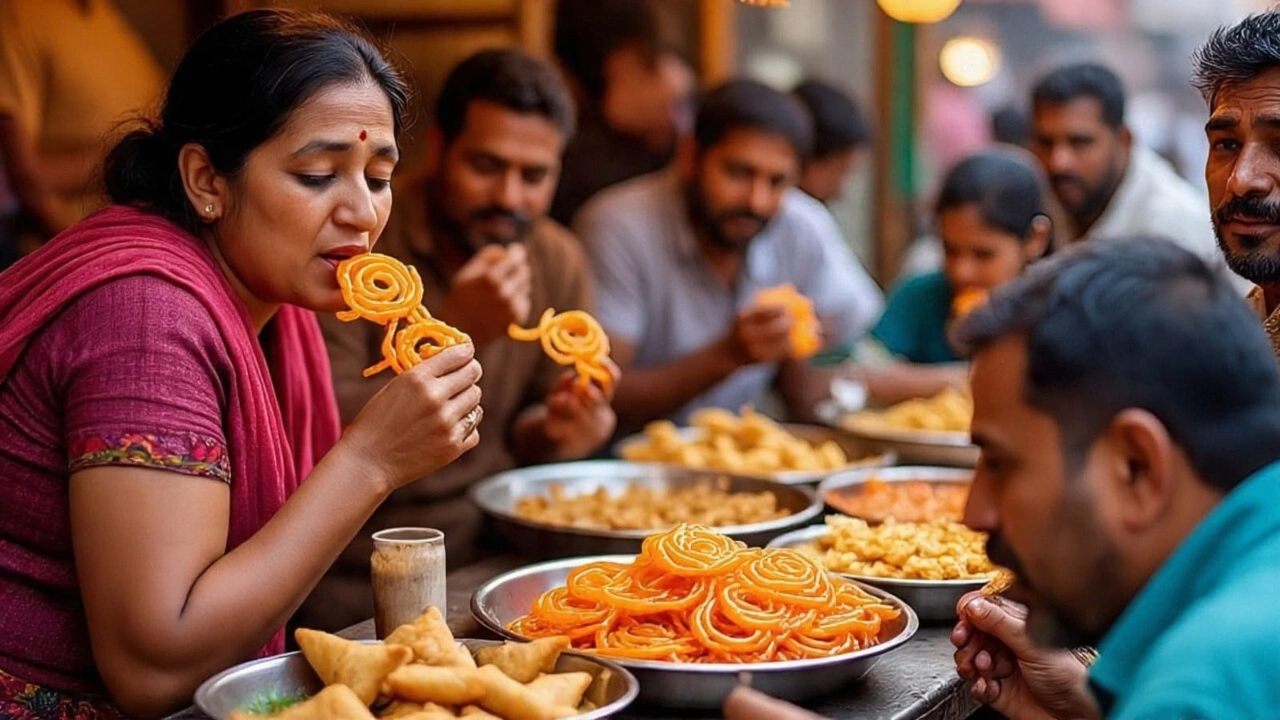India obesity policy: what’s happening and why it matters
When talking about India obesity policy, the set of government actions aimed at curbing excess weight and related diseases across the nation. Also known as national obesity strategy, it guides everything from food labeling rules to fiscal measures on unhealthy products, the focus is crystal clear: reverse the steady climb in body‑mass‑index numbers. The backdrop is the alarming obesity prevalence, the share of adults and children with a BMI above the healthy threshold that has jumped from single digits a decade ago to over 20 % in many urban pockets. Understanding the India obesity policy helps you see how the government tackles the rising weight problem and why public health nutrition has become a priority sector.
Key components of the policy
One of the most talked‑about levers is the sugary‑drink tax, a levy on sodas and other high‑sugar beverages designed to lower consumption through price signals. Early data from the states that adopted the tax show a 12 % dip in sales and a modest shift toward water and low‑calorie drinks. Alongside fiscal tools, the policy pushes for stricter nutrition labeling, mandating clear calorie counts on packaged foods so shoppers can make informed choices. Another pillar is the rollout of school health programs, initiatives that provide balanced meals, nutrition education, and regular physical activity for children. These programs aim to instill healthy habits before the teenage years, a critical window when obesity risk spikes. Together, these measures illustrate how India obesity policy encompasses fiscal, educational, and regulatory strategies to address the epidemic from multiple angles.
The road ahead is not without bumps. Implementation gaps, especially in rural districts, mean that tax collection and school program funding can be uneven. Moreover, cultural food preferences and the growing availability of processed snacks challenge behavior change. Yet the policy framework is evolving: new proposals include front‑of‑pack warning labels, restrictions on junk‑food advertising aimed at children, and incentives for farmers to grow millets and other low‑glycemic crops. As obesity prevalence influences policy decisions, tracking health surveys becomes essential to fine‑tune interventions. Readers will soon see a collection of posts that dive deeper into each of these topics—from the economics of the sugary‑drink tax to success stories of school nutrition pilots—offering actionable insights and real‑world examples of how the national strategy is taking shape.
India's Health Ministry clarifies that 'oil and sugar boards'—not warning stickers—will display snack nutrition in government sites, aiming to curb obesity.
